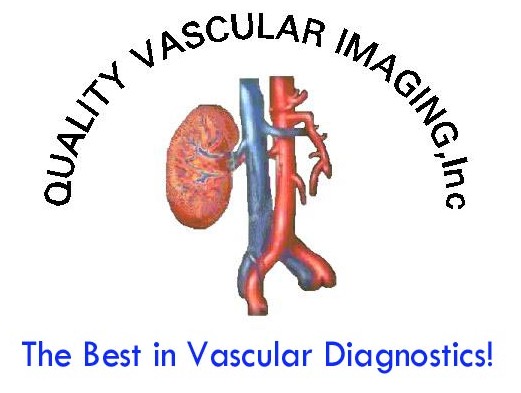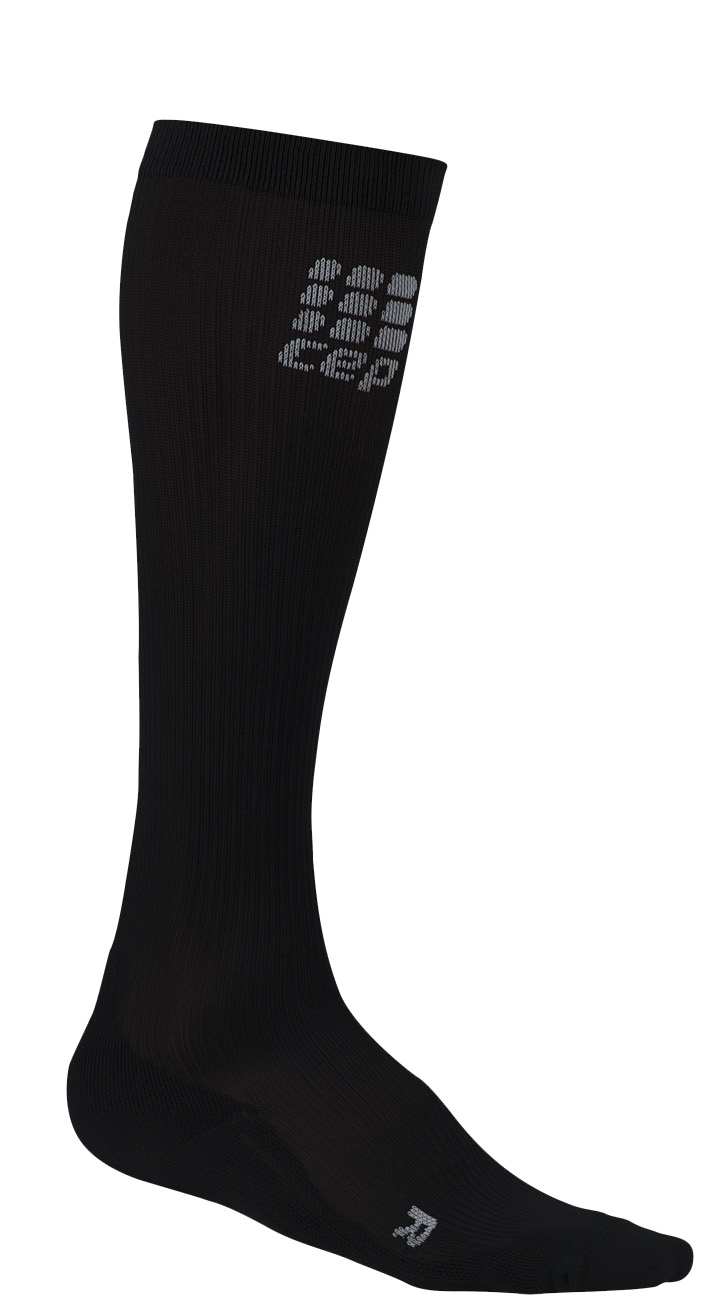

Get Excited About Exercise Even or especially if you have PAD Taken from “Home Walking Program to Stabilize and Improve Symptoms of Claudication,” by the Providence Surgical Care Group, Inc. in Providence, RI, Tina Braun, RN and Exercise Specialist.
Y ou’ve heard it before …. Exercise is good for you. And it is. But not all exercise is created equal. Exercise has become a common term that means something different to each of us. For some, it means increasing one’s heart rate over a period of time. Others insist you must sweat, and some believe it is just being active. Actually, one of the best exercises is one of the simplest. It may well be the perfect one too because it doesn’t require special talent or any special equipment. And, it can be done at any age. It’s walking! That’s good news for people with peripheral arterial disease (PAD), whose exercise plan should include walking. PAD is a narrowing of the leg arteries due to a buildup of plaque. When walking, our leg muscles require additional oxygenated blood. For someone with PAD, narrowed arteries may prevent this additional blood supply to . to be delivered to the working muscle. The result may be cramping in the legs, a common symptom known as claudication, although not everyone gets this symptom. Ironically, walking can be beneficial. It improves the function and efficiency of the skeletal muscles, thereby increasing the distance walked before the development of claudication. Therefore, if you walk regularly, you will eventually be able to walk farther. To be effective, you need to walk at least three times a week. Walk until you experience moderate pain. Rest a few minutes and when the pain is gone, walk again. Keep repeating this process. Don’t expect immediate results. It will take time, but you should find that you are able to increase your distance before you must stop and rest. Or, you’ll find that you are able to complete your walk faster. Although walking is wonderful exercise for virtually all, there are some exceptions. You need to check with your health care provider if you have concerns, foot sores, recent surgeries or neuropathy (see the last issue of Keeping In Circulation, Vol. 2 issue 3). Although exercise walking is beneficial, studies have strongly indicated that results are better in formal exercise rehabilitation programs, such as are found in a cardiovascular rehabilitation center. Usually these programs last 3-6 months and include 3 or more walking sessions on a treadmill per week, supervised by medical specialists. Results from these programs are tracked and documented to lead to improved walking ability in almost all patients. In addition, individuals can receive instruction as to an effective pace and proper technique, especially if other health concerns are present. According to one expert, Dr. Judith Regensteiner, “Almost every patient who participates in a supervised exercise training for claudication gets a good benefit. Also patients usually find the exercise programs to be a pleasant experience. Exercise can be fun!!” The Vascular Disease Foundation encourages the use of supervised walking programs for people with PAD to reduce symptoms of claudication and reduce the risk for heart attack. Contact your vascular specialist for information about supervised exercise rehabilitation programs in your area. Whether you join a supervised program, a health club or your own walking program, it’s important to exercise on a regular basis. You’ll soon be able to walk farther, or with less pain. Now, that’s something to get excited about!
Tips for optimizing your walking program .
For best results, complete the interval training a minimum of three days a week. The intervals must be consecutive to be sure you have allowed enough time. Remember it may take as long as 45 minutes to walk what would normally take 30 because of the rest periods. with permission from Vascular Disease Foundation (www.vdf.org) Keeping In Circulation, Vol. 2 issue 2 |
QVI Home Virtual Vein Center Why QVI really is the Best in Vascular Ultrasound! Case of the Month Patients Referring Physicians Health Professionals Site Map |
